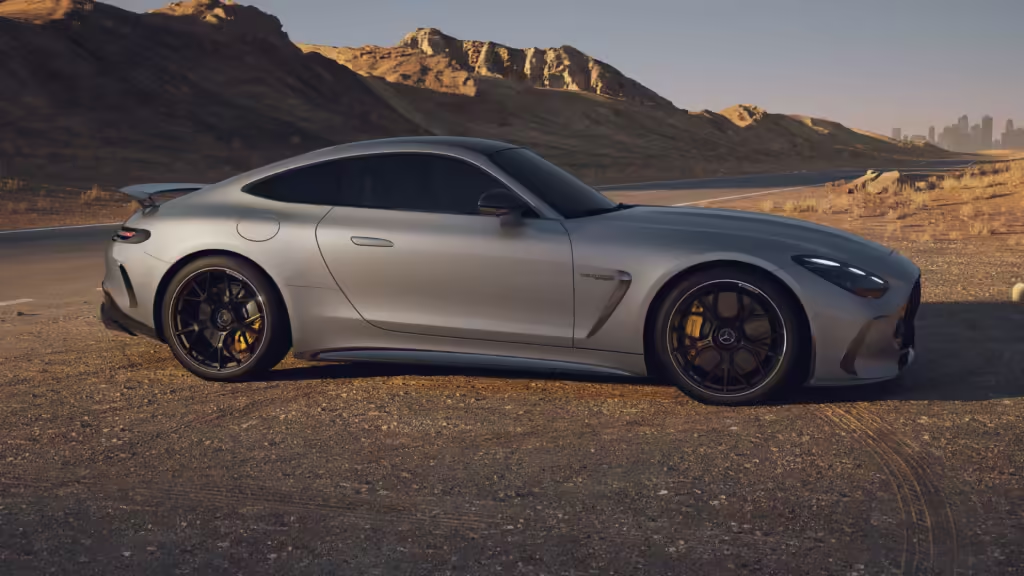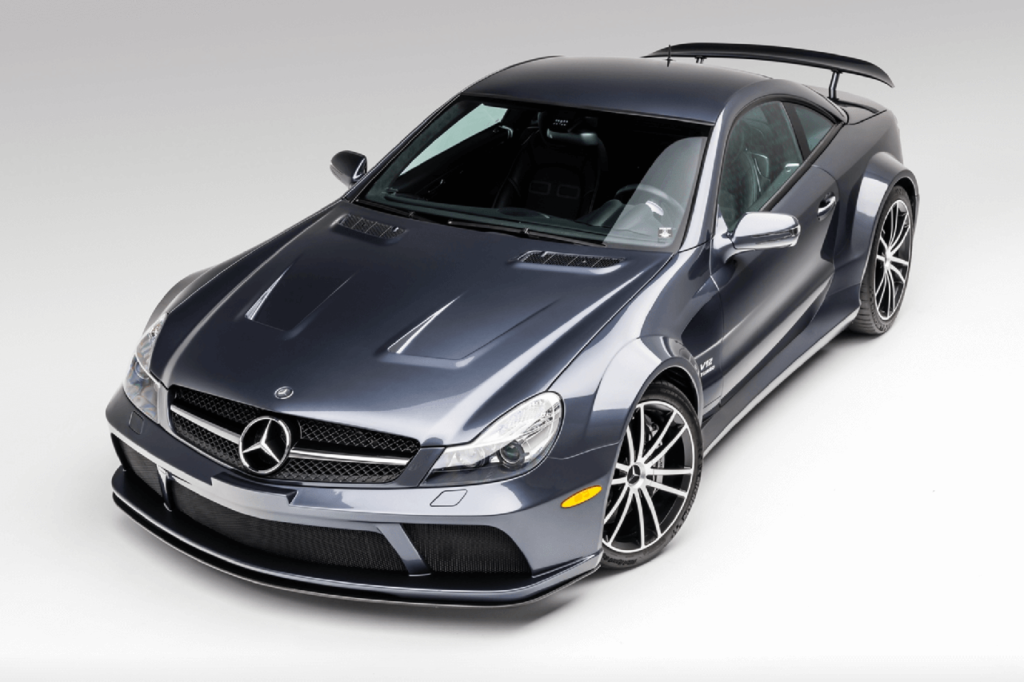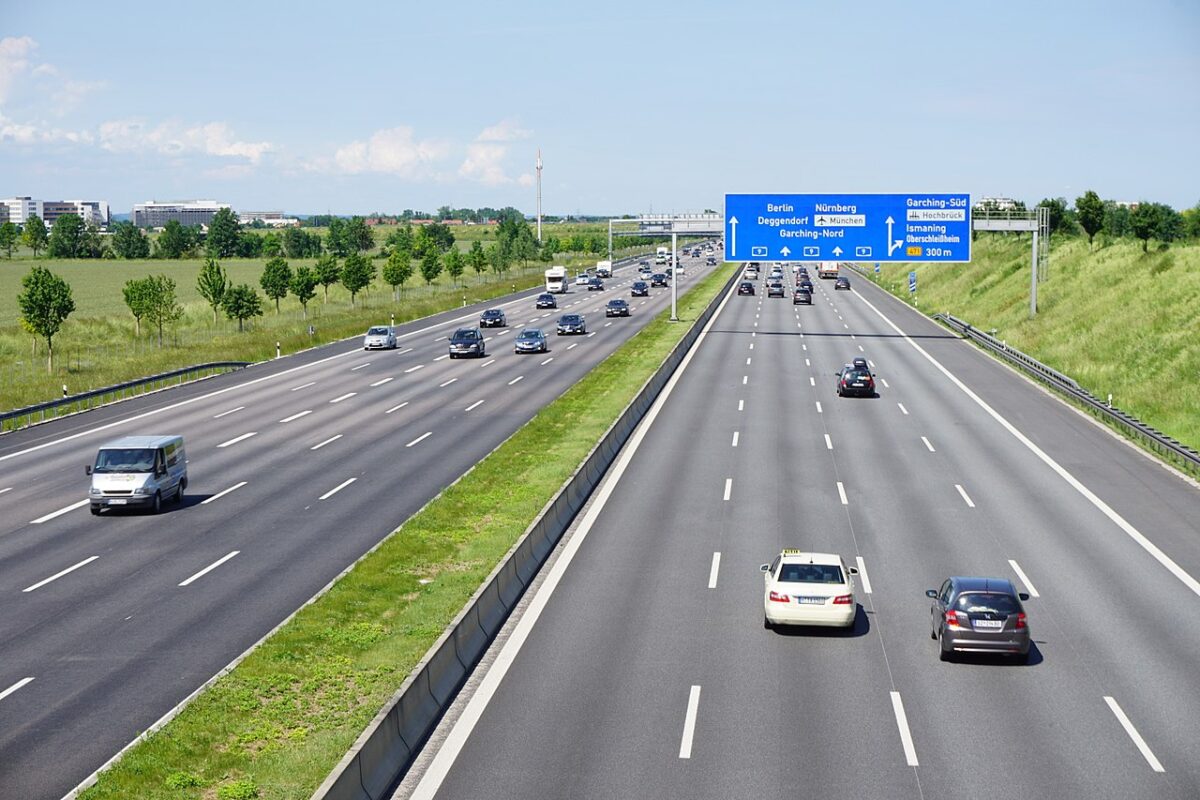Mercedes-AMG: The Need for Speed
Luxury Living
Visions of the autobahn – the surrounding countryside reduced to a fast forward flash, propelled along by the drone-like beat of Kraftwerk (‘Weiser Streifen, Grüner Rand’) – whilst marvelling at the absence of speed limits. Germany, land of free drivers and petrolheads on steroids, is of course also home to seriously fast cars. Whereas Ferraris and Aston Martins are the exclusive preserve of the, perhaps, excessively or obscenely well-heeled, German manufacturers such as Mercedes-Benz and BMW, aim to provide speed to a much wider demographic.

Both companies have been locked in fierce competition for the fastest ride for as long as anyone cares to remember. Of late, Munich – seat of the Bayerische Motoren Werke – seems to enjoy the upper hand. However, Stuttgart – where Mercedes-Benz parent company Daimler AG has it corporate headquarters – is far from defeated.
In fact, the company seems determined to reconquer its dominance in the Deutsche Tourenwagen Masters (DTM and since 2000 successor to the fabled DT Meisterschaft) which it lost around 2011 when BMW entered the competition. The entry into the fray of Audi and Porsche represents an added challenge. Mercedes-Benz is now betting on its renewed AMG-GT to leave the Audi R8 and Porsche 911 admiring its restyled rear-end at the 24 hours Nürburgring endurance competition.
Mercedes-AMG has that special ring to it. Last year, the high-performance brand of a marque, already known for delivering a performance cars that withstand the test of time, celebrated its fiftieth anniversary.

AMG, now a premier component of the Mercedes-Benz line-up, started life as an engine tuning outfit set up by two speed maniacs in the small Baden-Württemberg village of Groẞapach. After the company was taken over by Daimler in 1996, its epic centre stayed in Baden-Württemberg and merely moved to Affalterbach, another tiny village surrounded by apple orchards and cider presses.
Endurance Racing
However, AMG shot to fame long before its takeover. With a heavily modified Mercedes 300 SEL sedan – outwardly a boring car to look at but with the innards of a cheetah – the company claimed second place overall in the 1971 Spa-Francorchamps 24-hours endurance race, a racing event both celebrated and feared for its punishing effect on cars. The AMG vehicle, powered by a naturally-aspirated 6.8 litre V8, fine-tuned without the benefit of today’s advanced electronics, caused a veritable sensation – never before had a luxury sedan left purpose-built sports cars in the proverbial dust.
With their low compression ratios and over-engineered mechanical parts, Mercedes engines have been a long-time favourite of tinkerers – professional or otherwise. A few mods can easily squeeze out double the manufacturer’s rated horsepower without noticeably affecting reliability or endurance.
Already in the early-1960s, Hans Werner Aufrecht (A) and Erhard Melcher (M) from Groẞapach (G), two youthful car enthusiasts, started taking Mercedes-Benz engines apart and reassembling them with precision-machined valves, manifolds, carburettors, and other custom kit crafted and optimised to extract every drop of power available.
The two got their break when Mercedes unexpectedly halted the further development of its big block 6.8L V8 which had been designed with a view to outpacing the competition – on and off track. Whilst the manufacturer axed the project programme after failing to contain its spiralling costs, the two friends jumped in and continued work on the big engine to see it developed to perfection. In 1965, legendary Mercedes racing driver Manfred Schiek agreed to give the AMG power plant a spin and promptly proceeded to win the next ten races in the hotly-disputed and prestigious Deutsche Tourenwagen Meisterschaft competition.

With their big block causing a surprise sensation on race tracks, Aufrecht and Melcher decided to go pro, founding AMG in 1967. The company’s ‘Hammer’ sedan – looking just like the unimaginative ride of a humourless manager – became a favourite of German speed freaks who relished a leisurely cruise down the autobahn on the left-most lane, irritating hurried drivers of apparently much-faster cars.
After observing flashing headlights in their rear view mirror, they would reluctantly move over and let the others pass before putting down their own pedal to the metal: that lumbering Mercedes 300E would unleash the 400-odd ponies under its bonnet, leaving all and sundry utterly astonished – and way behind.
AMG Hammers, both sedans and wagons, proved a sales hit with drivers who craved the powerful growl of a big block V8 but also had families to think of and respectable jobs to hold down. Mercedes Benz took note of the small outfit that somehow managed to add a degree of coolness to its cars.
Hammering the Competition
Hammers came in just one shape – that of the Mercedes-Benz E-Class – but with a variety of power plants. The most popular was the 5.5 litre V8 using quad-valve technology, almost effortlessly pumping out 355 horsepower with a 388 lb-ft of torque which made the Hammer, at the time, into the fastest sedan in the world with a top speed bordering 290 km/hr.
On the tailcoats of its success, AMG in 1990 signed a far-reaching cooperation agreement with Daimler which allowed the company to have its cars serviced by – and distribute its custom parts through – the Mercedes-Benz dealer network. Four years later, Mercedes debited its own AMG-badged car – the C36 AMG with a 3.6 litre straight six producing close to 270 horsepower. Two years later, AMG was fully absorbed into Daimler and massive speed became a feature and fixture of Mercedes Benz.
The company enjoys a near-peerless reputation for automotive antics. Its late-1990s CLK-GTR won the now-defunct FIA (Fédération Internationale d’Automobile) Grand Tour (GT1) championship in 1997 and 1998. The car’s speed terrified its drivers: Formula 1 racing champion Mark Webber even managed to fly a CLK-GTR straight up into the air at Le Mans. He survived the ordeal.
A few years later, AMG succeeded in shoehorning a massive 7.3 litre V12 engine into a Mercedes SL sports car, subsequently marketed as a Ferrari-killer. That same AMG engine was later used in the Italian Pagani Zonda roadster – a vehicle so fast, it’s not street legal in the US and many other countries.

More recently, AMG has been responsible for the restyling and re-powering of the breathtakingly beautiful Mercedes SLS ‘gullwing’ and the exceedingly fast SL65 Black Series. The company also celebrated three consecutive wins – 2014, 2016, and 2016 – in the Formula 1 Constructor Championship – a feat rarely equalled in racing history.
Thanks to AMG, Mercedes-Benz has been able to hold its own in the fiercely-competitive top segment of the sports car industry. It has given Porsche a run for its money and kept Audi with its R8 V8 at bay. There are, of course, much faster cars than AMGs. However, at their price point, no other manufacturer has been able to mass produce anything like a Mercedes AMG. Whilst the required cash outlay for an AMG-badged Mercedes is far from insignificant, it is not up in the stratosphere either. Though an AMG may be out of reach for most, it is a lot closer to than most of its competitors. Going the extra mile may be worth it: AMG stands, proudly and unassailable, at the pinnacle of German automotive engineering.
Cover photo: Autobahn in the vicinity of München.
- © 2015 Photo autobahn by Tarboosh
- © 2016 Photo Kraftwerk by Keylo M Phi
- © 2024 Photo Mercedes AMG GT Coupé by Mercedes-Benz
- © 2018 Photo AMG ‘Hammer’ sedan by Adrian Kot
- © 2023 Photo V12 Mercedes-Benz SL65 AMG by Mercedes-Benz


